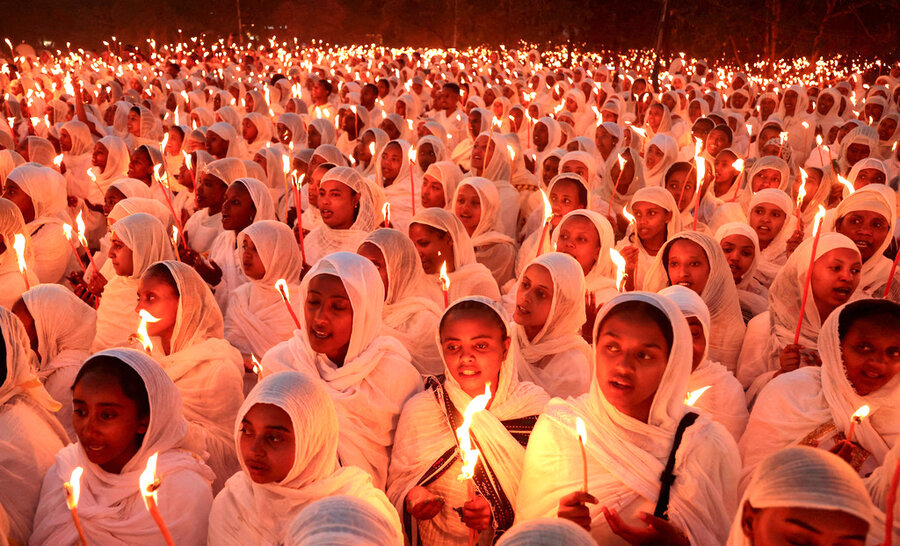‘Healing spaces’ in post-conflict societies
Loading...
Societies emerging from conflict sometimes seek to rebuild on foundations of accountability and forgiveness. Many set up formal commissions to promote reconciliation through truth-telling and mercy. Such “transitional justice,” however, often depends more on grassroots efforts than on governments.
That’s because – as seen in a new virtual museum dedicated to showing Afghan victims of war and human rights abuses – personal narratives are central to healing war-torn communities. They help seed empathy and trust among former enemies.
The Afghanistan Memory Home is a growing online archive of testimonies of endurance by ordinary Afghans during years of conflict and repressive rule under the Taliban. Its creators “approached this challenge with the utmost care, avoiding assumptions and ensuring a respectful understanding,” Phurbu Dolma, a collaborating archivist, told the group Human Rights Information and Documentation Systems.
The virtual museum is an example of the kind of community-led initiatives that Somali President Hassan Sheikh Mohamud has described as “healing spaces” – local sites of nation-building where the traumas and resentments of war are salved through traditional forms of civic engagement based on cultural values, spirituality, and listening.
These projects in reconciliation quietly persist almost everywhere people seek freedom from conflict or repression, from Afghanistan to Yemen. They often supplant the work of national transitional justice initiatives stalled by political disagreements or lack of cooperation.
They also underscore that “justice isn’t just punishment or prosecution and presenting evidence against perpetrators,” said Ruben Carranza, an expert on post-conflict community healing at the International Center for Transitional Justice, at the museum’s December launch.
In South Sudan, for instance, a local peace and reconciliation process called Wunlit gave grassroots strength to a 2018 national peace agreement. Led by tribal chiefs and spiritual leaders, the “peace to peace” dialogue defused cattle raids and abductions between the Nuer and Dinka communities. In Iraq, the Ministry of Human Rights has relied on tribal, religious, and civil society leaders to help forge local support for a national dialogue on reconciliation.
In Ethiopia, where transitional justice was the promised cornerstone of the 2022 peace accord ending a two-year civil war, traditional practices offer a buffer against persistent national political disagreements and ethnic division. Despite ongoing skirmishes between the Tigray and Amhara groups, some community leaders on each side are drawing on more than a dozen different traditional reconciliation mechanisms between them to dissolve tensions.
Those grassroots concepts of peace and justice transcend the local communities that share them, wrote Tadesse Simie Metekia, an Addis Ababa-based researcher at the Institute for Security Studies in South Africa. They provide models for national reconciliation built on showing compassion for victims, speaking truths, and forgiving.
History has “taught us that relying solely on military force will not bring about lasting peace and stability,” Hodan Ali, a Somali presidential policy adviser, wrote in The New Humanitarian. As the new Afghan museum notes, the more durable work of peace involves empowering individuals and communities to tell their own stories – and listen to each other.





